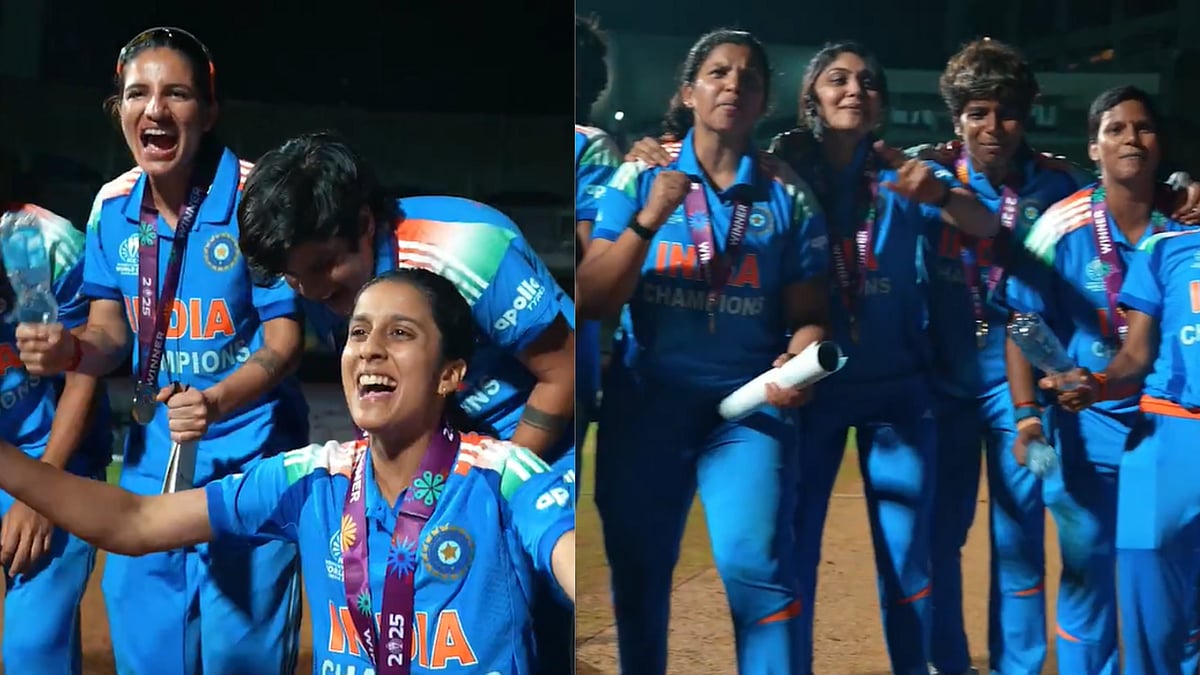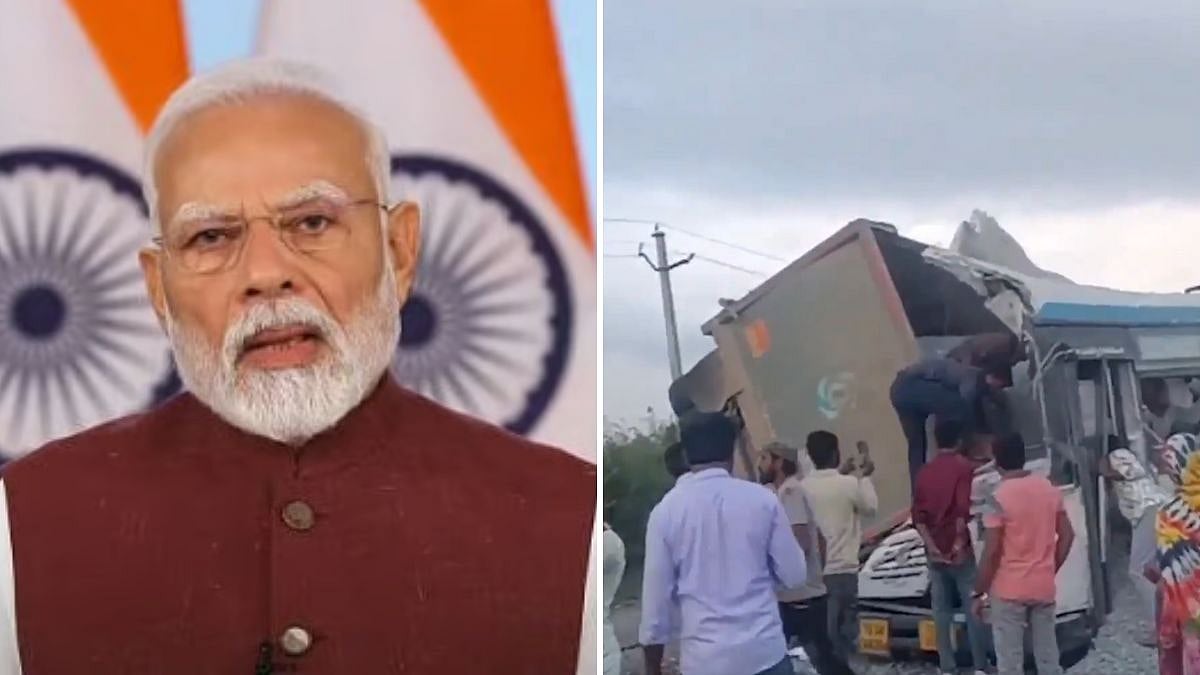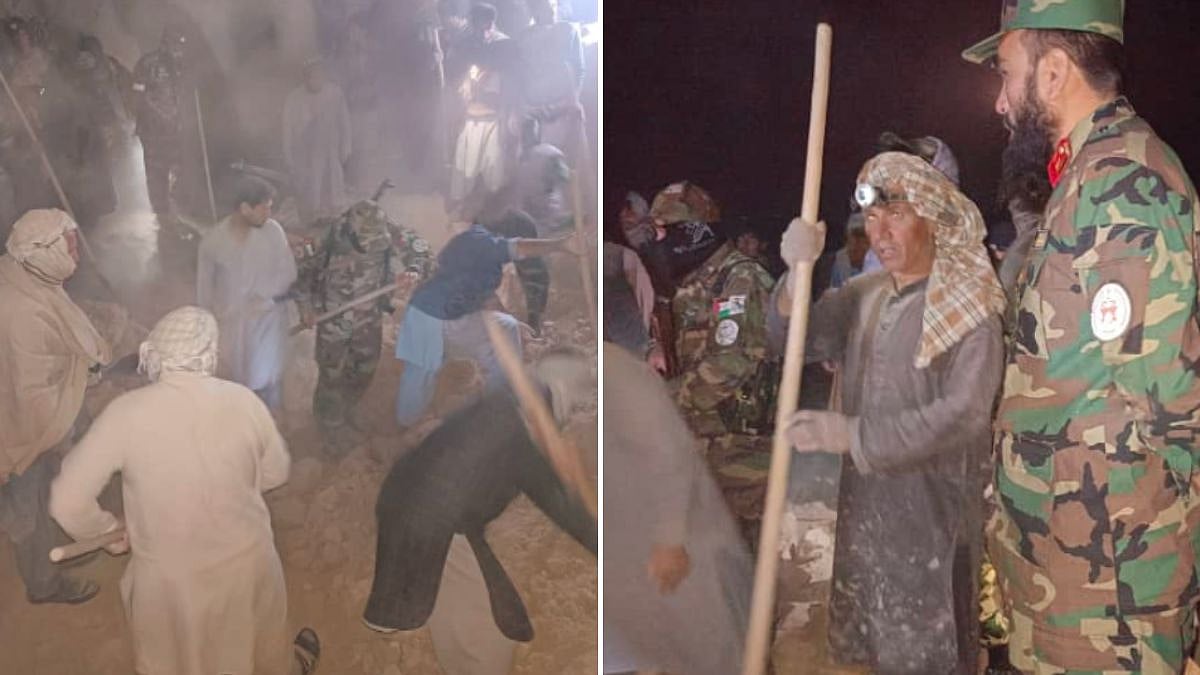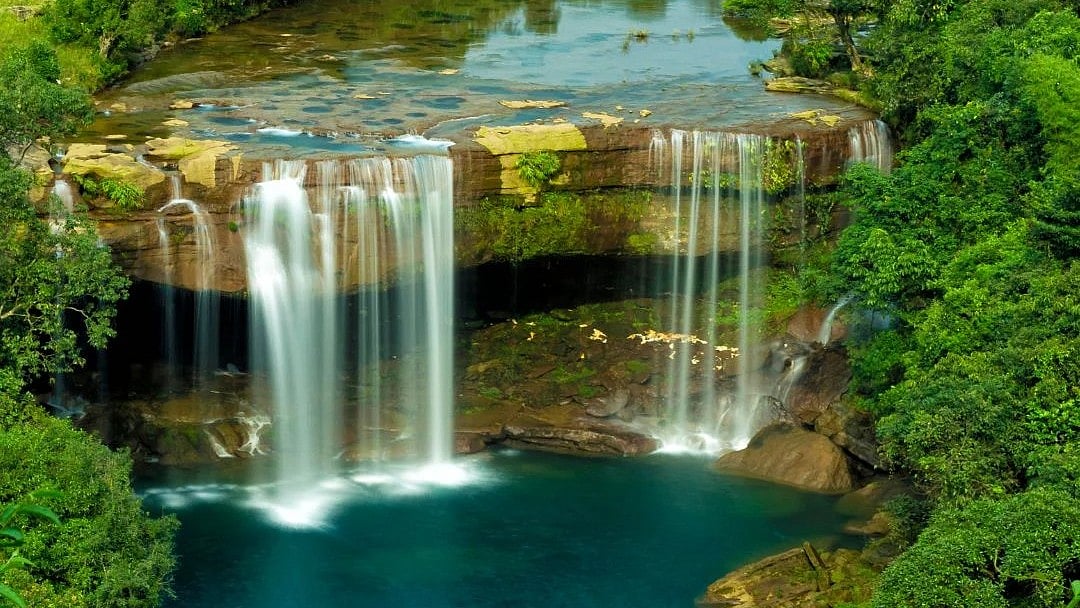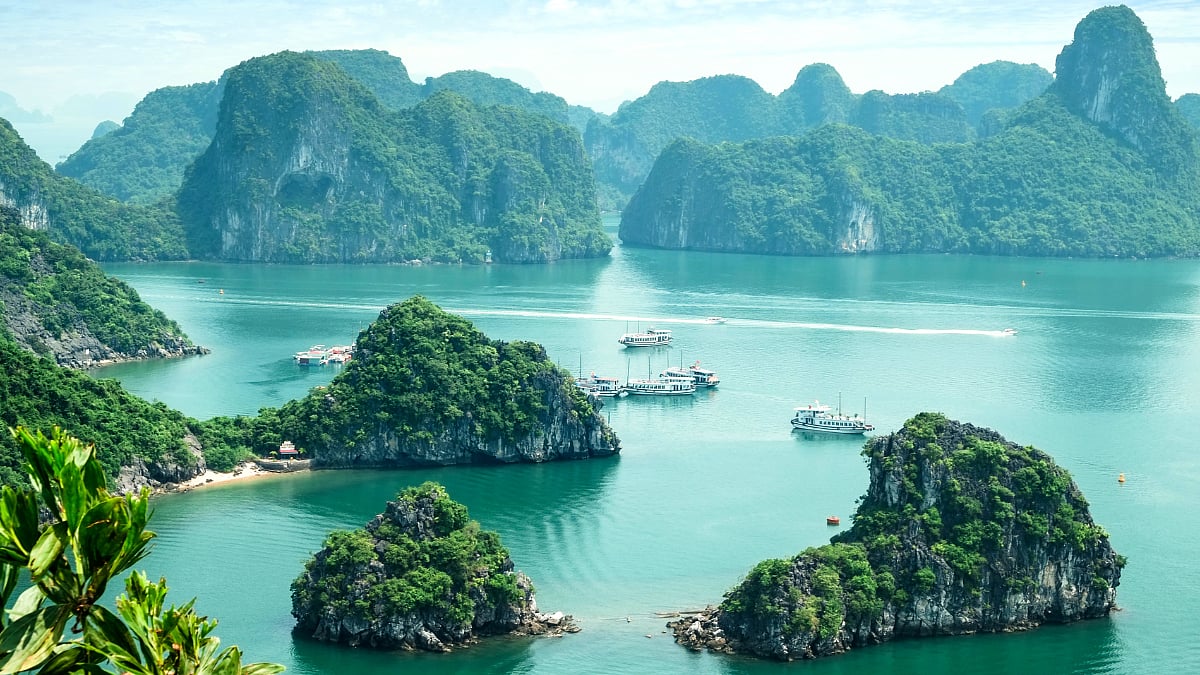Having long nursed a desire to visit Mandu and Pachmarhi, we chose Madhya Pradesh as our next vacation destination. Indore was where we decided to begin and accordingly, reached there around 1.15 pm on a manic Monday (our flight was delayed by more than an hour) and set off shortly after.
Indore has an abundance of waterfalls and naturally, our first stop was Patalpani Falls in Mhow. The falls are so named as it is believed they drop down to the netherworld, Paataal. Next stop: Jam (no, it was not jammed) Darwaza, to catch the sunset.

The gate was built during the rule of Rani Ahilyabai Holkar. It is in magnificent condition, though the steps leading to the top and back are narrow, steep and dark.
The next day, we visited Hatyari Khoh (killer gorge) Falls, a generally unexplored spot. Located on a muddy, mile-long road from Kampel village, the falls are at a height of about 600 feet. Their name stems from the fact that this place was used to jail criminals. Next came Tinchha and Mohadi Falls (a 3.5 km-drive from Tinchha).
But now, a deadline was creeping up on us. We had to reach the Rani Roopmati Pavilion in Mandu, in time for the sunset. Truly, the pavilion is the crowning glory of Mandu. Five hundred years later, it stands, bearing testimony to the love of Baz Bahadur and Rani Roopmati.

Baz Bahadur built it for his beloved queen, close to his own palace, so that he could see her every day and hear her melodious voice. On her part, Roopmati could see her beloved River Narmada, whom she worshipped as her mother, from the pavilion every day. The splendour of the setting sun adds ‘four moons’ to the beauty of the place (to literally translate a Hindi idiom) and is unforgettable.
The next morning, we went to the beautifully decadent Jahaz Mahal, which includes the Jal Mahal. A leisurely exploration later, we proceeded to Jami Masjid, which has Hoshang Shah’s marble mausoleum, supposed to have inspired the Taj Mahal.
We then stopped by Baz Bahadur’s palace, once again admiring the Rani Roopmati Pavilion from there and gaped at the imli and sitafal trees in view. Mandu’s imli is a speciality, as is its honey. On our way out of Mandu, we stopped by Kakda Khoh, a waterfall on its outskirts and on the way back to Indore, the Sitlamata Falls at Manpur.
No trip to Indore is complete without visiting Sarafa Bazaar. A jewellery market by day, it transforms into a glittering food court at night. After nursing our palates with some delectable fast food, we called it a day.
Our next stop was the Mahakaleshwar temple at Ujjain. Although our darshan was a barely 10-second glimpse of the jyotirling after standing in a non-rush hour queue, it was nonetheless a moving experience. In passing, we took in Ram Ghat, visited the Sandipani Ashram, where Krishna, Balaram and Sudama were believed to have received their education.
From there, we went on to Bhopal, the city of lakes. Although it was merely a stopover on our way to Sanchi, we squeezed in a marvellous walk along the Bhojtal (Upper Lake) the following morning.
The main stupa at Sanchi, familiar from history books and lately, the new Rs.200 note, imposingly sprang into sight. Ditto for Stupas 2 & 3. Worth it every step of the way, just to let the waves of peace wash over you. An interesting geography angle snuck into this trip — the B&B owner had told us to look for the Tropic of Cancer sign on the Bhopal-Sanchi Road.
It was thrilling to find ourselves at 231/2 degrees N. Returning to Bhopal for dinner, we set off on a hunt for that ubiquitous but elusive dish, Dal Bafla, for dinner. Truly, it is the comfort food of Madhya Pradesh.
The following morning, we set off to see the Queen, of the Satpuras, that is — Pachmarhi. On the way, we took in the rock shelters of Bhimbetka, a world heritage site.
Epic ties apart, the heritage tag is because of the earliest paintings on rocks made by our primitive ancestors, tens of thousands of years ago. The etchings have marvellously survived the onslaught of time. See it and you will believe.
Sightseeing in Pachmarhi falls into two categories — the forest and non-forest areas. Private vehicles are not allowed in the former. One must rent a jeep from the market/hotel and purchase a permit and a guide (mandatory), from Bison Lodge. Formalities complete, it was delightful to breathe in the fresh, cool, forest air in the open jeep.
A one-km trek took us to the stunning Rajat (Silver) Prapat (Falls) and from there, we went to Apsara Vihar (Fairy) Falls. Next came the Bee Falls — the droplets from the falls sting like a bee after ricocheting from the rocks, hence the name.
Reechgarh followed — a huge cave amongst the hills, formed by the fusion of two giant rocks. Our last stop was Dhoopgarh, the highest point in Pachmarhi and Madhya Pradesh. Sunset was our reward at this point.
The following day, three Shiva temples were on the itinerary, all located in caves — Jatashankar, Gupt Mahadeo and Bada Mahadeo. Gupt Mahadeo was a thrilling experience.
Located in the narrowest of crevices, devotees must literally squeeze themselves through the narrowest of passages between two giant rocks, strictly eight at a time, to gain entry to the cave.
Then we went to Rajendra Giri, a spot named after the first President of India, who had planted a sapling there in 1953, which today is a large banyan. The entire west side of the garden provided an unobscured view of the sunset.
The next day, we left for Jabalpur, where an adventure of sorts awaited us. We had aimed to reach Bhedaghat by 3 pm. But Google Maps, our trusty companion so far, failed to pinpoint the exact location of the boat ride and we found ourselves looking at the horse-shoe shaped side of Dhuandhaar Falls, New Bhedaghat, to be precise. There was a cluster of smaller falls on the other side — Old Bhedaghat.
That was also the side where the nauka vihar (the boat trip to the marble rocks) began. There is a cable car service from one point to another but since it was Karthik Purnima, there was no boating that day, we were informed. Despondently, we stopped at a tea stall.
As we were pouring out our woes to the man at the counter, a lean, sharp-eyed gentleman came to place his order and caught some keywords from our chat.
Jitendra Vyas, introduced himself to us as a local government guide and offered to arrange for a trip for us, right then. It was 4 pm and boating ended by 6 pm. Trust me, said Vyas and we did.
A mad adrenaline rush would best describe the rest of the evening. We went, we saw and conquered the stunning views, figuratively speaking. On Day 10, it was time to bid goodbye to this fair state — a marvellous combination of the natural, the spiritual and material elements.

